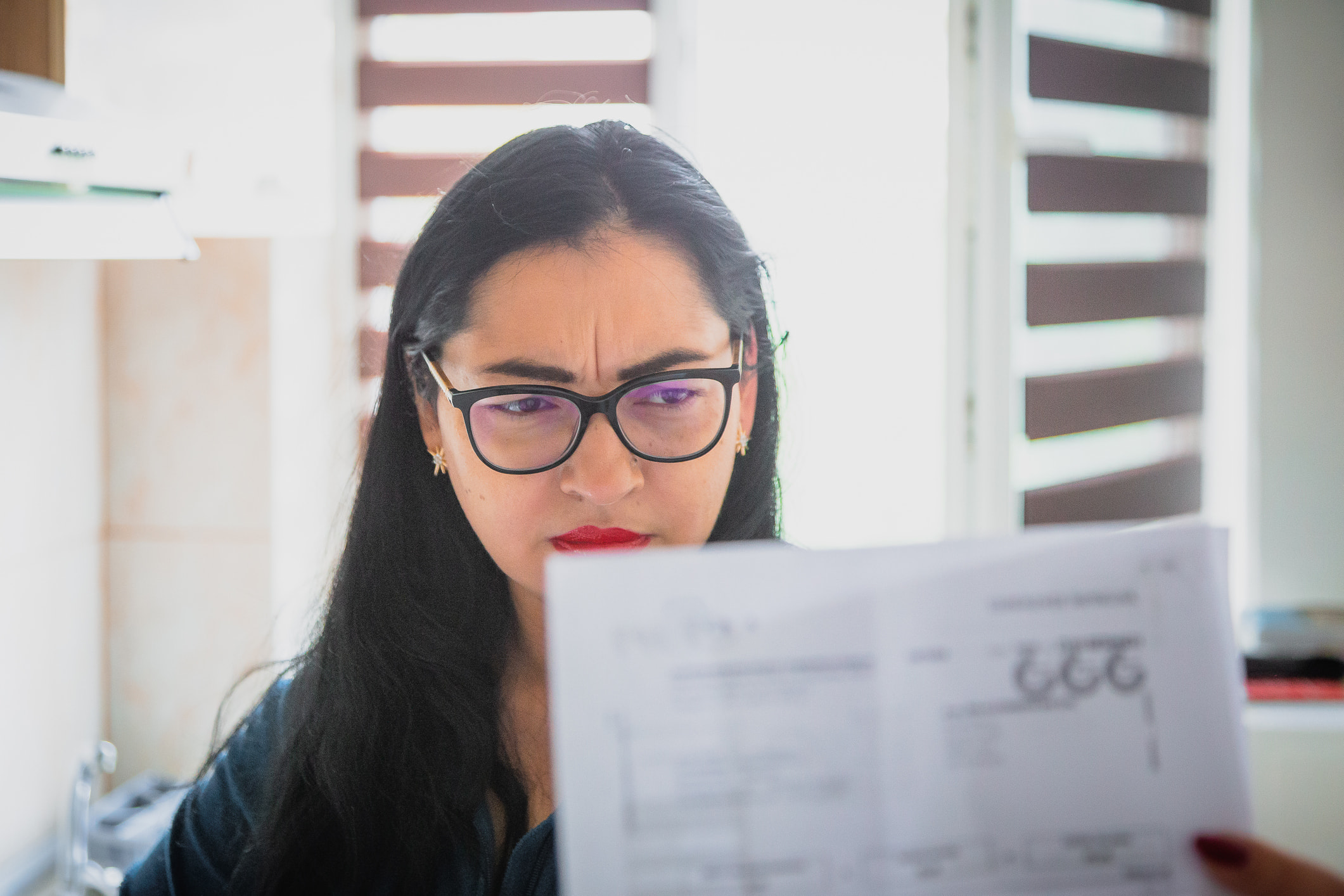Updated March 29th, 2023
Do you stick to a personal budget? If you're having trouble managing expenses, curbing overspending, or saving for your financial goals, a personal budget could help you refine your money management.
Creating a personal budget can seem daunting, but we'll walk you through the process of creating one to make it easy and manageable.
What is a personal budget?
A personal budget is a financial plan that helps you manage your income and expenses. It's a great way to track spending, set financial goals, avoid overspending, and make the necessary adjustments to reach your goals.
A personal budget could be as elaborate or as simple as you want. You could ensure that every cent is counted and allocated each month or loosely use the ideas behind an established budgeting method. What's most important is that you pick a personal budgeting method that works for you.
How to make a personal budget
Start by identifying your income
The first step in creating a budget is to identify how much money you earn and how much money you spend. This will give you a clear picture of your financial situation and help you set realistic budgeting goals.
Start by identifying all your income, which could include your job paycheck, investment returns, childcare support, alimony, or retirement payments.
Categorize your expenses
Once you have identified your income, look at your expenses. Divide them into categories such as housing, transportation, and entertainment. You can then set a limit for each category based on your income and financial goals. For example, you may want to set a goal of spending no more than $200 on groceries that month.
To make this easier, you might want to use a money management app like Mint, You Need a Budget, or EveryDollar to help you automate the categories and calculations.
Once you have a good understanding of your spending habits, you can make adjustments to your budget as needed. This may involve cutting back on unnecessary expenses, increasing your income, or finding ways to save money on your bills.
Set financial goals
To stick to any good habit, we need goals and the promise of something worthwhile to keep us on track. With personal budget plans, tie them to financial goals you want to achieve in the future.
These could include saving for a wedding, a down payment on a home, a dream vacation, or something like clearing your credit card debt or saving up money to invest.
Once you have a clear idea of where you want your money to go, you can start to work towards these goals with a clearer plan of action. For example, you might decide you can allocate an extra $100 in your monthly budget to save for your wedding, which you may not have known was possible until you broke down your income and expenses.
Consider using these budgeting methods
While a personal budget should always be whatever works for you, it's worth looking at established budgeting methods for ideas.
50/30/20 method
The 50/30/20 budgeting method is a simple and effective way to manage your finances. It suggests allocating 50% of your income towards necessities, 30% towards wants, and 20% towards savings and debt repayment. This method can help you create a balanced budget and achieve your financial goals.
It's important to note that these percentages are just a guide, and you may need to adjust them based on your personal financial situation. For example, if you have high debt payments, you may need to allocate a larger percentage of your income toward debt repayment.
The beauty of this method is that it's flexible and allows you to adjust according to your own personal needs and priorities. It's a good starting point for budgeting, and you can use it as a guide to help you stay on track and make adjustments as needed.
The envelope method
The envelope method is a budgeting technique that involves separating cash into different envelopes for each category of expenses and only spending the cash in the corresponding envelope. This method can help you stay within your budget and avoid overspending.
To use the envelope method, you must determine your budget, label envelopes, allocate cash and spend only from specific envelopes. For example, if your housing budget is $1,000, withdraw $1,000 in cash and put it into the housing envelope.
The envelope method helps to control impulse spending as you can only spend what you have in the envelope.
It's important to note that the envelope method is a cash-based budgeting method, and it may not be suitable for everyone. However, you can adapt it to the digital world by creating separate savings pots with your bank account.
The zero-based budgeting method
The zero-based budgeting method involves creating a budget where your income minus your expenses equals zero. In other words, every dollar is allocated somewhere.
This method can help you achieve your financial goals by ensuring that every dollar you earn is working for you rather than being wasted. It also helps to make sure that you are living within your means and not spending more than you earn.
Regularly review and reassess your budget
Lastly, no matter what type of budgeting method you use, remember to review it regularly. As your income and expenses, goals, circumstances, and priorities change over time, you will need to ensure your budgeting method is still the best option for you.
A personal budget is a powerful tool that can help you take control of your finances and achieve your financial goals. With a little bit of effort, you can create a budget that works for you and improve your overall financial well-being.
Remember that budgeting is a process, and it may take some time to get used to it, so don't get discouraged if you make mistakes. Instead, be patient and consistent, and you'll soon see the benefits of creating a personal budget to manage your finances.


